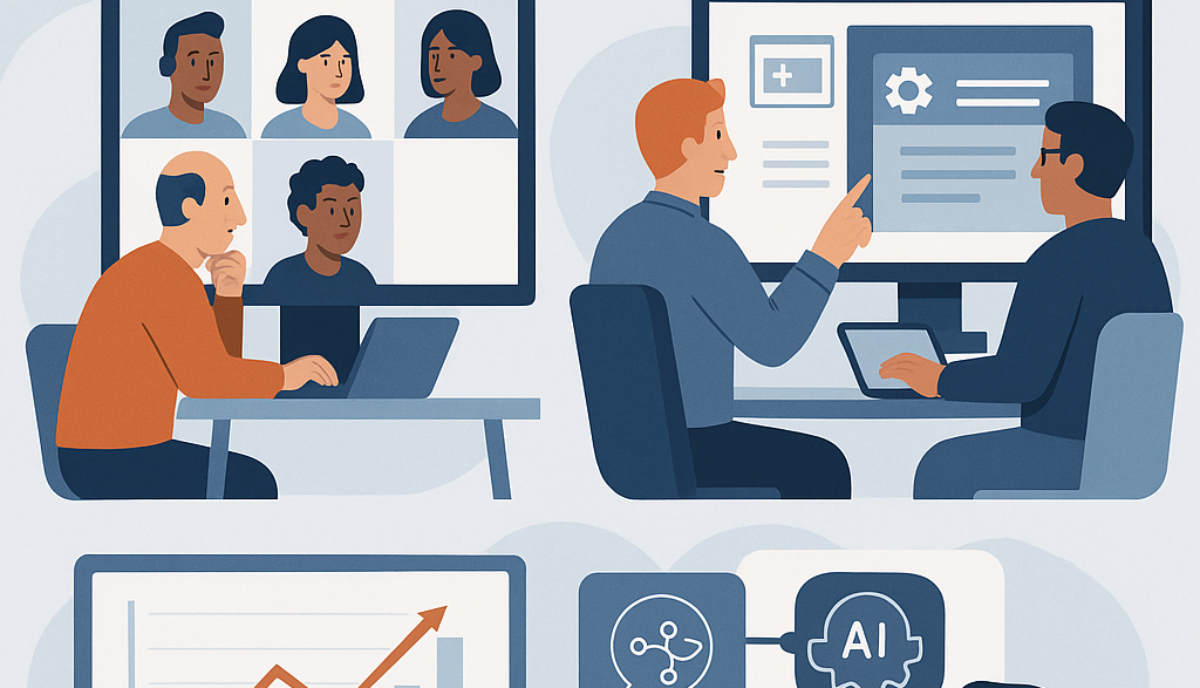What Marketers Need to Know About Site Security
If you’re working in an industry that handles information relating to health care, there’s a good chance your organization has strict security practices and your next website refresh won’t be as simple as discovery-design-build-ship. There are going to be a lot of checkpoints along the way relating to security and governance—all designed to protect patients and customers and ensure control and privacy of sensitive data.
Factor in security while planning the project timeline
As you work to map out the project timeline, you must be aware of critical, albeit time-consuming, tasks that are not tied directly to the development of a website project.
When budgeting for the new project, be sure to factor in the time it will take to collaborate with vendors providing services to secure your site. It’s likely that your technical team, responsible for the build, will have their hands tied when it comes to configuring things like firewall settings, access whitelisting, and DDoS protection, and it isn’t always easy to predict how much time vendors will need to process your team’s requests.
Prioritize Security Testing
There are typically multiple rounds of security and penetration testing that need to happen before your organization will sign off on launching a new project. The testing window needs to be planned in advance, and it’s always a good idea to notify your hosting vendor to make sure they’re aware the testing is taking place. That way, they can disable monitoring and avoid false alarms. Once your site passes security testing, it’s recommended that there be a code freeze—meaning no new changes should be introduced, unless another round of security testing is planned.
Build on a Safe Platform
The easiest way to launch a successful and secure site is to start with a framework that offers considerable security benefits out of the box. Drupal is an open source CMS that can easily support a high traffic site with complex features, and it has one of the largest communities of open source contributors maintaining it. Not only that, but there’s a <a href=”//security.drupal.org/team-members”target=”_blank” rel=”noopener noreferrer” title=”Opens in a new window”>dedicated security team that provides security oversight, announcements, and patches to keep the platform secure.
Secure Your Application
With your new project on a widely supported and secure CMS, you might want to consider further restricting access to administrative functions like content creation and editing. There are a few ways to accomplish this, and they can be layered together to ensure the CMS is protected from being defaced or otherwise breached.
Multi-factor authentication
The first and arguably simpler form of protection is to enable multi-factor (MFA) or two-factor (2FA) authentication. Many popular services you already use offer this level of security, and it usually works like this:
- Access your application’s login screen
- Provide basic credentials to log in (username and password)
- Complete a second layer of authentication, such as inputting a one-time use code sent to the authorized account holder via SMS
- Access the application
Multi-factor authentication works because just having a username and password is not enough to gain access to an application.
Content editing over VPN
Another way to protect your application is to prevent visitors from being able to access your site’s login screen to begin with. Normally, anyone can access your login screen if they know the path to it, which opens up your site to brute force login attempts. While it means your editors will need to jump through a few extra hoops to do their work, blocking requests to these pages will make your site more secure.
This configuration is more complicated than a multi-factor approach, as it requires you to have separate servers accessible only to users who have already logged in to a VPN. On the publicly accessible servers, the paths to login screens are blocked and inaccessible by visitors. This provides a great level of security, especially when coupled with multi-factor authentication.
Put a limit on login attempts
Out of the box, many systems don’t limit the number of login attempts a user is allowed to make. Preventing users from trying to login after a certain number of attempts, or limiting the number of attempts within a span of time is a good way to thwart attackers. Drupal’s Login Security module provides some configurable settings for how to handle failed login attempts.
DDoS Protection
Any site can be the target of a Distributed Denial of Service (DDoS) attacks, but often the bigger the site, the more likely it will be targeted with an attack. DDoS attacks overwhelm a site’s resources with requests from many locations at once, making it difficult to just block a single IP to stop the attack. Successful DDoS attacks will cause a site to stop responding to legitimate visitor requests and can quickly impact your business.
The simplest solution to prevent and monitor for DDoS attacks is to route traffic through a service that provides DDoS protection as a service. Often, these service providers offer additional benefits like static page caching to speed up your site, or rate limiting rules for specific pages.
Avoid server strain with rate limiting
Rate limiting allows you to throttle the number of requests to certain pages of your site, which can be especially useful for features like web forms that require more overhead than serving static content, and are often abused by spam bots.
A lot of vendors offering broad DDoS protection services can configure complex rate limiting rules to limit how many requests can be received by specific paths on your site. If your application offers an API, or if you have forms on the site that could be abused by an attacker trying to overload your site with malicious traffic, it could be worthwhile to consider rate limiting.
Wow, that was a lot to digest
There’s a lot to consider and plan for with large digital projects, and a lot of decisions need to be made along the way. The best way to be prepared is to consider security and other critical aspects of a successful launch early on and to work with a team you can trust to help with vendor selection and communication.
To work with a team that understands how to manage all of these solutions, please feel free to speak with us anytime.



